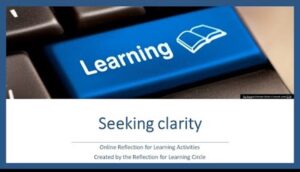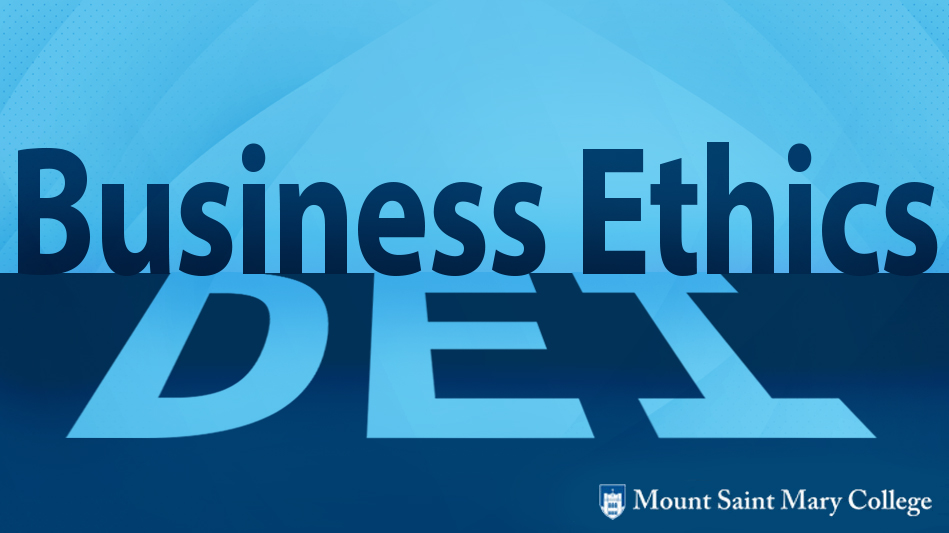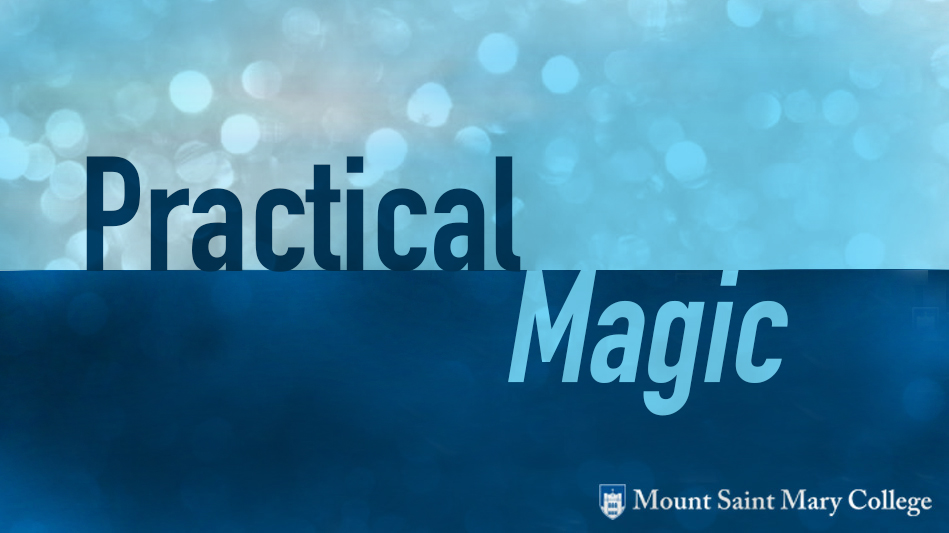by Associate Professor Agnes Bosanquet, Macquarie University
This is the third post in the Reflection for learning develops metacognition series.
The aim of this series is to support educators and learners with their reflective practice as a foundational skill in developing metacognition.
The blogs in the series each focus on a different mode of reflection, with the aim of introducing a spectrum of approaches to reflective practice spanning analytical,
personalistic, critical, and creative. Each blog provides the scholarship underpinning the practice and shares a reflective activity to engage readers experientially.
There are many meaningful ways to engage with, and practice, reflection and a focus of this series is engaging the reader in a range of experiential activities.
The authors of this series are members of the Reflection for Learning circle. We have experimented, practised and researched Reflection for Learning for over ten years.
The question
This post asks: Where is a good place to start with reflection?
Reflection and Metacognition
Reflection is a learned skill and an ongoing process.
In The Reflective Practitioner, Schön (1983) describes reflection as a process whereby individuals try to understand “some puzzling or troubling or interesting phenomenon” (p.50). Those who are new to reflection can start with a form that sits comfortably within the cognitive domain: writing.
Written activities such as journals, diaries, and learning portfolios are well-established for documenting and assessing reflection (Brookfield, 2017; Harvey et. al., 2016). Written reflection is an expansive pedagogy – simple to resource, easy to adapt, and flexible in form. With scaffolding, students can develop their written reflection literacy (Chan & Lee, 2021; Chan, Wong & Luo, 2021; Cheng & Chan, 2019).
Photo by Brad Neathery on Unsplash
Text-based reflection is a way of ‘thinking through writing’ or ‘writing along the way’. Thomson and Kamler (2010) call it “writing that is intended to sort out what we think, why, and what the implications of a line of thought might be” (p. 149). Students and teachers can articulate learning in progress – including “musings, unproven hunches, and still-forming hypotheses” – in a “relatively informal and conversational way” (Cook-Sather, Abbot, & Felten, 2019, p. 15).
What does this look like in practice?
Having students engage in written reflection can support their metacognitive development. Educators can also practice written reflection to enhance teaching and career development.
‘Seeking clarity’ is a cognitive text-based exercise that asks learners to respond to a single question. Ask the question: What was the most significant (useful, meaningful, surprising, etc.) thing you learned? Clarity of thought is a metacognitive aim and this reflection question is a strategy to achieve this. It is also important to make the purpose of the activity explicit to students.
This version of the activity adopts a strengths-based approach (Harvey, 2014) that supports students’ development of their metacognitive skills as they reflect on what they know and what they need to know after a learning experience.
Other examples of written reflection practice include: minute papers, five main points, the application list and one word at a time. Details and a template for these practices can be found in our guide and demonstration videos are available on our YouTube channel.
How can I learn more?
For more information, and to discover other practices please see our reflection for learning scholarly practice guide.
The online Reflection for Learning video series provides further demonstration of written reflective practices such as:
References
Brookfield, S. D. (2017). Becoming a critically reflective teacher (2nd edn). San Francisco, CA: Jossey-Bass
Chan, C. K. Y & Lee, K. K. W. (2021). Reflection literacy: A multilevel perspective on the challenges of using reflections in higher education through a comprehensive literature review. Educational Research Review, 32, 100376 .https://doi.org/10.1016/j.edurev.2020.100376Chan, C. K. Y, Wong, H. Y. H. & Luo, J. (2021) An exploratory study on assessing reflective writing from teachers’ perspectives. Higher Education Research & Development, 40 (4), 706-720. https://doi.org/10.1080/07294360.2020.1773769
Cheng, M. W, T. & Chan, C. K. Y. (2019). An experimental test: Using rubrics for reflective writing to develop reflection. Studies in Educational Evaluation, 61, 176-182. https://doi.org/10.1016/j.stueduc.2019.04.001
Cook-Sather, A., Abbot, S., & Felten, P. (2019). Legitimating reflective writing in SoTL: ‘Dysfunctional Illusions of Rigor’ revisited. Teaching & Learning Inquiry, 7(2). https://doi.org/10.20343/teachlearninqu.7.2.2
Harvey, M., Walkerden, G., Semple, A. L., McLachlan, K., Lloyd, K., & Baker, M. (2016). A song and a dance: Being inclusive and creative in practicing and documenting reflection for learning. Journal of University Teaching & Learning Practice, 13(2), 3.
Harvey, M. (2014). Strengths-based theory and practice. In D. Coughlan and M. Brydon-Miller (Eds), the SAGE Encyclopaedia of Action Research. Volume 2 (pp.732-735). London: SAGE.
Harvey M, Lloyd K, McLachlan K, Semple A-L, Walkerden G (2020). Reflection for learning: a scholarly practice guide for educators. AdvanceHE, York (UK). https://www.advance-he.ac.uk/knowledge-hub/reflection-learning-scholarly-practice-guide-educators
Schön, D. A. (1983). The Reflective Practitioner. Basic Books.
Thomson, P., & Kamler, B. (2010). It’s been said before and we’ll say it again – Research is writing. In P. Thomson & M. Walker (Eds.), The Routledge doctoral student’s companion: Getting to grips with research in education and the social sciences (pp. 149–160). Routledge.






